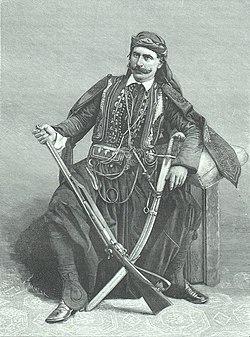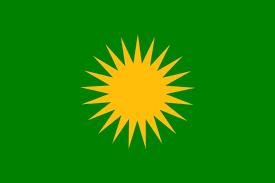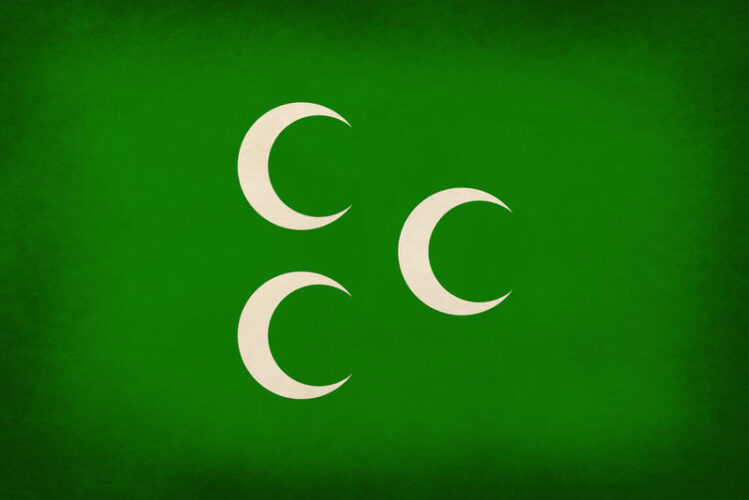History
Mir Bedirhan Beg and his family are one of the most important figures in Kurdish history. His lineage and the activities of his children have been analysed in detail because of their influence on Kurdish society.
Botan Emirates Mîrektîya Bota 1338 – 1855





Genealogy of Bedirhan Beg
Bedirhan Beg’s family belonged to a dynasty that ruled for hundreds of years in the Botan (Bohtan) region of Kurdistan.
Family Origins: The Bedirhan family is descended from a lineage that occupies an important place in Kurdish history and is associated with the Şerefhans. Şerefhan was the author of the famous Kurdish historian and writer Şerefname and is considered to belong to this family. The Bedirhan family was a culturally advanced family of the period, fluent in Kurdish, Arabic, Persian and Ottoman languages.
Beylik Administration: Bedirhan Beg became the leader of the Botan Principality at a young age. During his rule, he had to fight against both the Ottoman Empire and neighbouring principalities.
Bohtan (also Buhtan, Bokhti, Botan, Cizre-Botan, Bokhtan) was a medieval Kurdish principality in the Ottoman Empire centered on the town of Jazirah ibn ‘Omar (modern Cizre also known as Cizîra Botan (Jazira Botan)) in southeastern Anatolia. The official religion of this principality was Yezidism in 14th century, although the rulers eventually converted to Islam, Bohtan constituted the third major Yezidi enclave after Shekhan and Sinjar until the 19th century.
Origin
It’s not fully clear when the Botan Emirate was exactly established. According to Sharafnama, Botan rulers are decscandant of Suleman Khalid, the bokhti tribal chief.[3] He was succeeded by his eldest son Abdulaziz, and appointed each of his brothers (Mir Abdal and Mir Badir) as Governor of a districts of the emirate.
While there’s no recorded date on when it was established, Sharafkhan wrote in Sharafnama that the eighth Botan ruler, Mir Ezzaddin Abdal in 1394 went to Mardin to swore his allegiance to Timur.
Kurdish historians conflict on the exact date of Botan Emirate establishment, according to Anwar Al-Maei, the Emirate was established in 1161 by Abdulaziz succeeding the Zengids rule. While according to Muhammad Amin Zaki, the Botan Emirate was established in 1247.
Early year
Cizre was seized by the Bohtan tribe in 1336/1337 with the aid of al-Ashraf, Ayyubid Emir of Hisn Kayfa. In the 1330s, Hamdallah Mustawfi in Nuzhat Al Qulub reported that Jazirat Ibn ʿUmar had an annual revenue of 170,200 dinars. The emirate of Hisn Kayfa had aimed to control Jazirat Ibn ʿUmar through the Bohtan clan in providing military assistance to its capture and the marriage of a daughter to Izz ed-Din, Emir of Bohtan, but this was unsuccessful as the Bohtan emirate developed the city and consolidated their rule, and eventually the emir of Hisn Kayfa attempted to take Jazirat Ibn ʿUmar by force in 1384/1385, but was repelled.
The principality ruled over an area extending from Diyarbakir to Van and from Rawanduz to Sinjar at its peak. The first governors of Bohtan, were from the Azizan family, who originally followed Yezidism later converted to Sunni Islam and were related to the Governors of the Principality of Bitlis.[10] Following their role in the Ottoman defeat of the Safavids in the Battle of Çaldiran in 1514, Bohtan was granted the status of a Government, and it became a hereditary Kurdish principality within the Ottoman Empire.
In 1835, the Kurdish principalities,
Capital city : Cizre
Government : Emirate
1338 – 1362 İzzeddin el-Buhti (First)
1848 – 1855 İzzeddin Şir Bey (Last)
History
Establishment : 1338
Distribution : 1855
Pioneers
İlhanlılar
Successors
Ottoman Empire
Official Language
Kurdish
Armenian
Common Languages
Persian
Turkish
Ethnic Groups
Kurds
Turkish
Yezidis
Arabian
Armenian
Official Religion
Islam
Christianity
Yezidism

